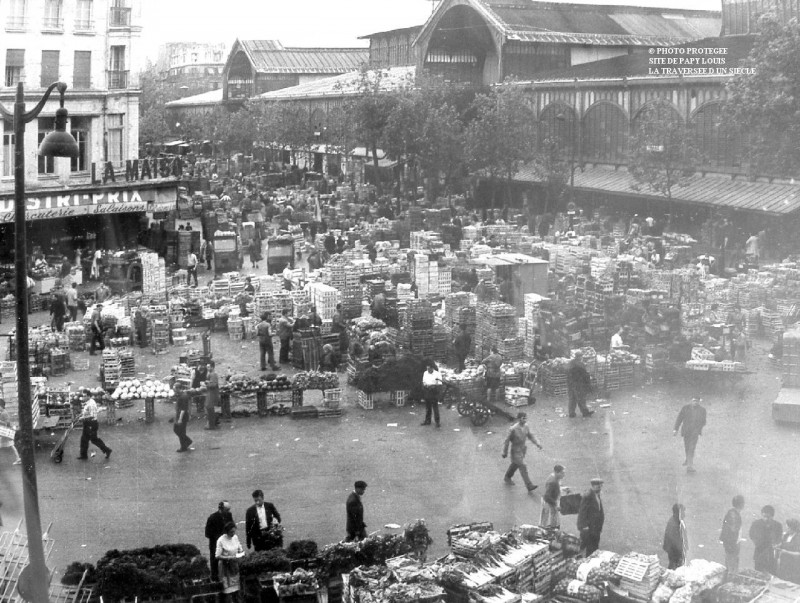
.
Les anciennes Halles de Baltard furent construites entre 1852 et 1870. Ces 12 pavillons de fonte et de verre s’inscrivaient dans la continuité d’un très ancien projet de réglementation des marchés couverts initié dès 1808 par Napoléon Ier.
Toutefois, les problèmes d’hygiène et de sécurité inhérents au centre du Paris de cette époque en retardèrent l’exécution. En 1842, le préfet Rambuteau créa la Commission des Halles dans le but de statuer sur l’intérêt d’un éventuel déplacement ou réaménagement du marché existant. Un concours de projets fut remporté en 1848 par Victor Baltard. Le choix de ces bâtiments d’un style très nouveau reflétait les conceptions audacieuses et modernes qui feront la patte de Napoléon III en terme d’architecture. Ce “Ventre de Paris” tel que décrit par Zola dans le roman du même nom, deviendra vite une formidable antre d’effervescence autour du ravitaillement de la Capitale. L’aventure dura plus d’un siècle, jusqu’en 1969 ou, motivé par des problèmes de place, le transfert des Halles à Rungis fut effectif.
Une violente polémique n’empêcha pas le démarrage des travaux de destruction à partir d’Août 1970. Le pavillon 8 fut conservé, remonté à Nogent sur Marne en 1976, puis classé monument historique en 1982. Aujourd’hui réaménagé, il accueille de nombreux évènements télévisés dont l’émission “Nouvelle Star”.
Durant toute la décennie 70, le “Trou des Halles”, symbole de l’indécision et de la lenteur des pouvoirs publics exaspéra les Parisiens. Cette plaie béante entourée de palissades servit même en 1973 au tournage d’un film de Marco Ferreri “Touche pas à la femme blanche”. Il apparait aussi dans le film “Le Locataire” de Roman Polanski en 1976. Après des années de tergiversation, le nouveau “Forum des Halles” fut finalement inauguré en 1979.
.
The old-fashioned Baltard were built between 1852 and 1970. These 12 flags of cast iron and glass were part of the continuity of a very old project of covered markets’ regulation initiated in 1808 by Napoleon the First.
However, problems of health and safety inherent in the center of Paris of that period delayed execution. In 1842, the prefect Rambuteau created the “Commission des Halles” in order to rule on the merits of a possible relocation or redevelopment of the existing market. A design competition was won in 1848 by Victor Baltard. The choice of these new style buildings reflected the bold and modern designs that will make the leg of Napoleon III in terms of architecture. The “Belly of Paris” as described by Zola in his novel, will soon become a den of great excitement around the supply of the capital.The adventure lasted more than a century, until 1969. Motivated by problems of space, the transfer of the Halles to Rungis became effective. A violent controversy did not prevent the start of the destruction from August 1970.The pavilion 8 was kept and rebuilt at Nogent sur Marne in 1976. It was registered as an historical monument in 1982. Now refurbished, it hosts many events including the television program “In search of the New Star”.Throughout the 70s, the “Hole of the Halles”, symbol of indecision and slowness of government infuriated the Parisians. This gaping wound surrounded by palisades was used in 1973 for the shooting of a film by Marco Ferreri “Do not Touch the White Woman” (trailer below). It also appears in the film “The Tenant” by Roman Polanski in 1976. After years of dithering, the new “Forum des Halles” was finally inaugurated in 1979.
However, problems of health and safety inherent in the center of Paris of that period delayed execution. In 1842, the prefect Rambuteau created the “Commission des Halles” in order to rule on the merits of a possible relocation or redevelopment of the existing market. A design competition was won in 1848 by Victor Baltard. The choice of these new style buildings reflected the bold and modern designs that will make the leg of Napoleon III in terms of architecture. The “Belly of Paris” as described by Zola in his novel, will soon become a den of great excitement around the supply of the capital.The adventure lasted more than a century, until 1969. Motivated by problems of space, the transfer of the Halles to Rungis became effective. A violent controversy did not prevent the start of the destruction from August 1970.The pavilion 8 was kept and rebuilt at Nogent sur Marne in 1976. It was registered as an historical monument in 1982. Now refurbished, it hosts many events including the television program “In search of the New Star”.Throughout the 70s, the “Hole of the Halles”, symbol of indecision and slowness of government infuriated the Parisians. This gaping wound surrounded by palisades was used in 1973 for the shooting of a film by Marco Ferreri “Do not Touch the White Woman” (trailer below). It also appears in the film “The Tenant” by Roman Polanski in 1976. After years of dithering, the new “Forum des Halles” was finally inaugurated in 1979.
VOIR LA DESTRUCTION DES HALLES
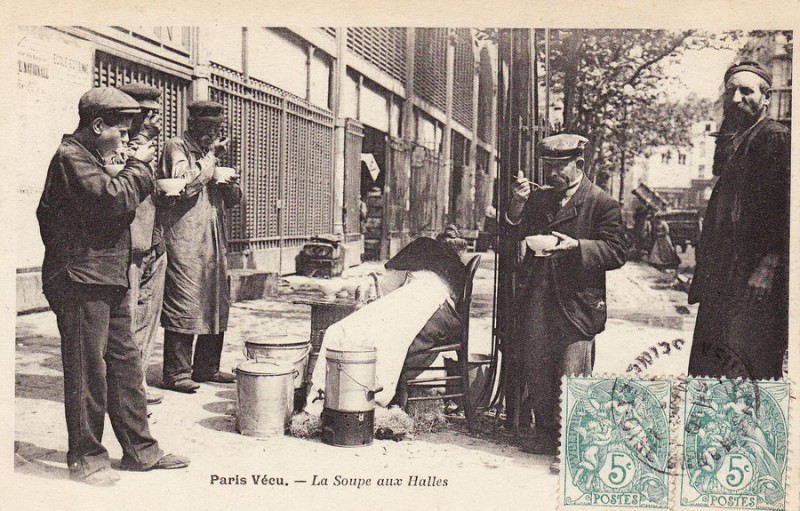
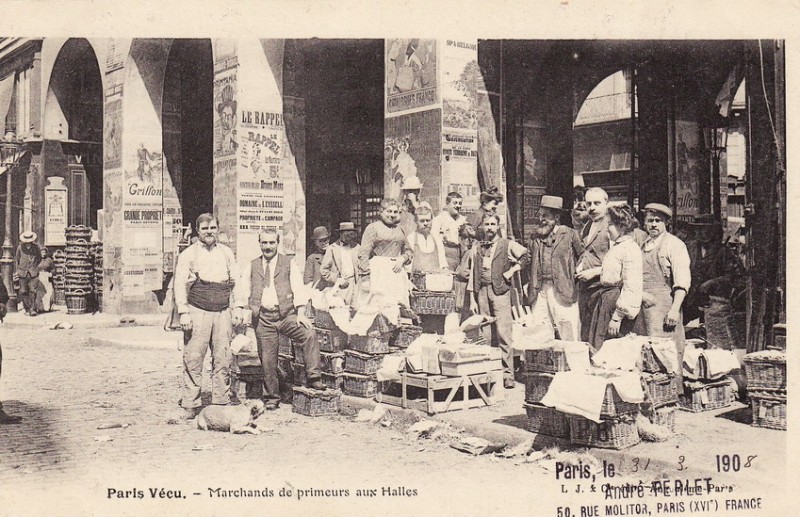
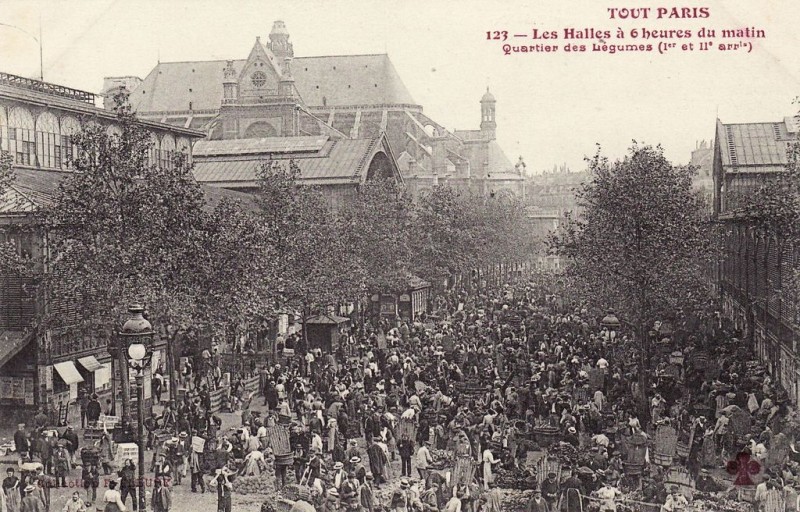
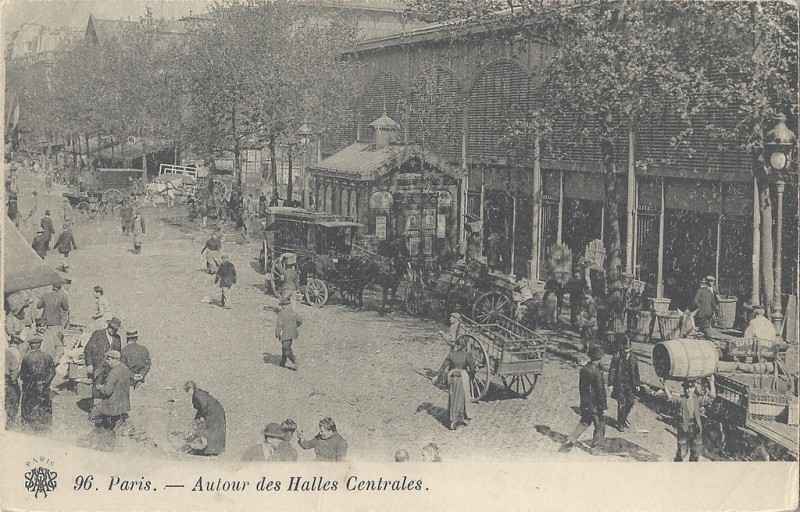
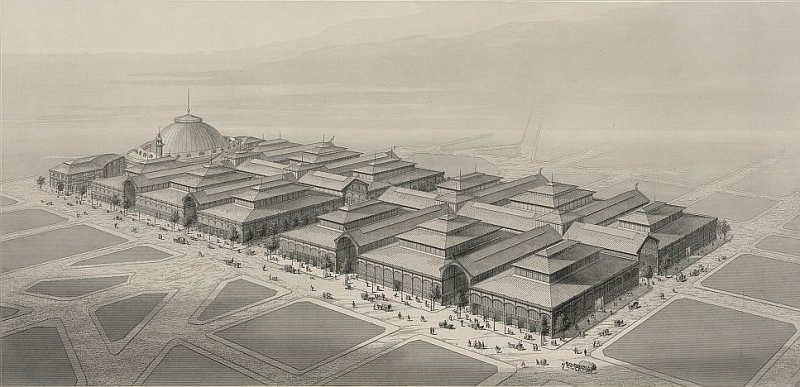
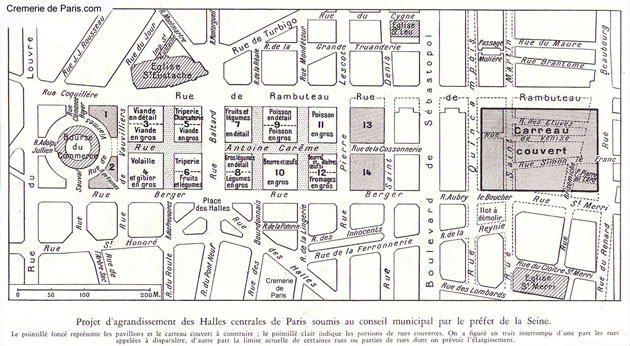
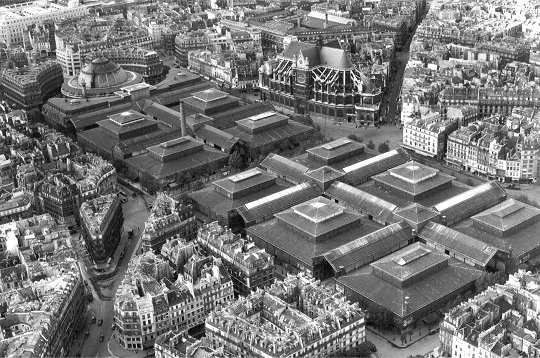
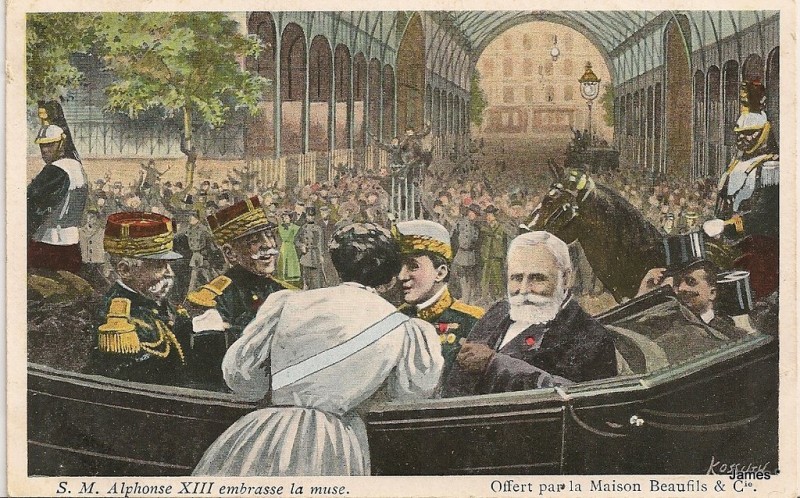



4 réponses
Anonymous
Lamentable, d’avoir détruit ce monument !
Anonymous
Je ne saurais être plus d’accord!
Martin
Paris Ville Lumière. Les Halles restaurées, comme vient de l’etre le Grand Palais, serait un formidable lieu de concerts, de rencontres littéraires et d’expositions artistiques qui redonnerait à Paris un rayonnement planétaire.
A coup de millions on a fait un coupe-gorges.
Et on continue, la Samaritaine, l’hotel Luttetia, etc…
On s’empresse de construire ce que l’on voit partout en détruisant ce que l’on ne voit nulle part . Un jour les touristes prendront conscience qu’ils ont la meme chose, sinon mieux chez eux
Lily
C’est une tres grande honte pour la France et une perte inestimable pour le monde d’avoir detruit ce veritable patrimoine de l’humanite. Je suis de nationalite americaine mais je regrette profondement la destruction des Halles et leur remplacement par ce qu’aux Etats-Unis (et ailleurs) on voit partout et qui est de tres peu de valeur aesthetique.